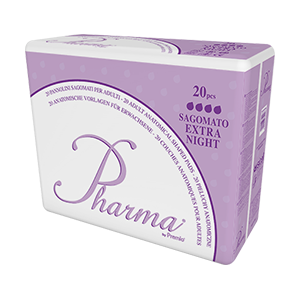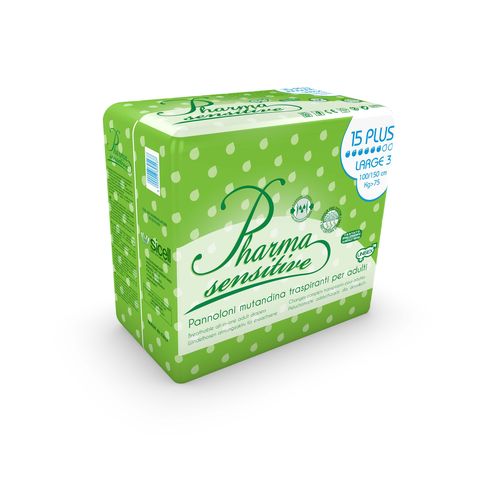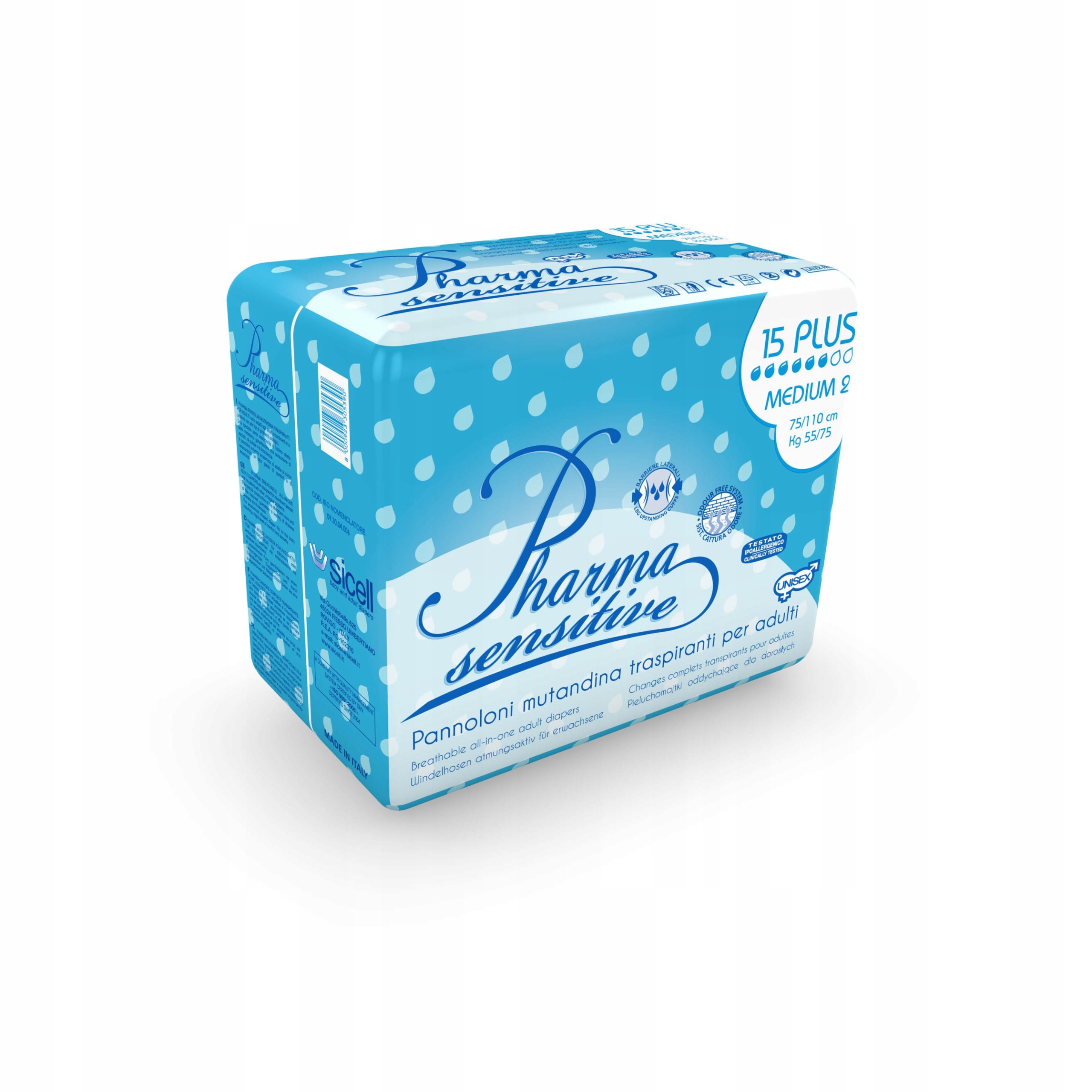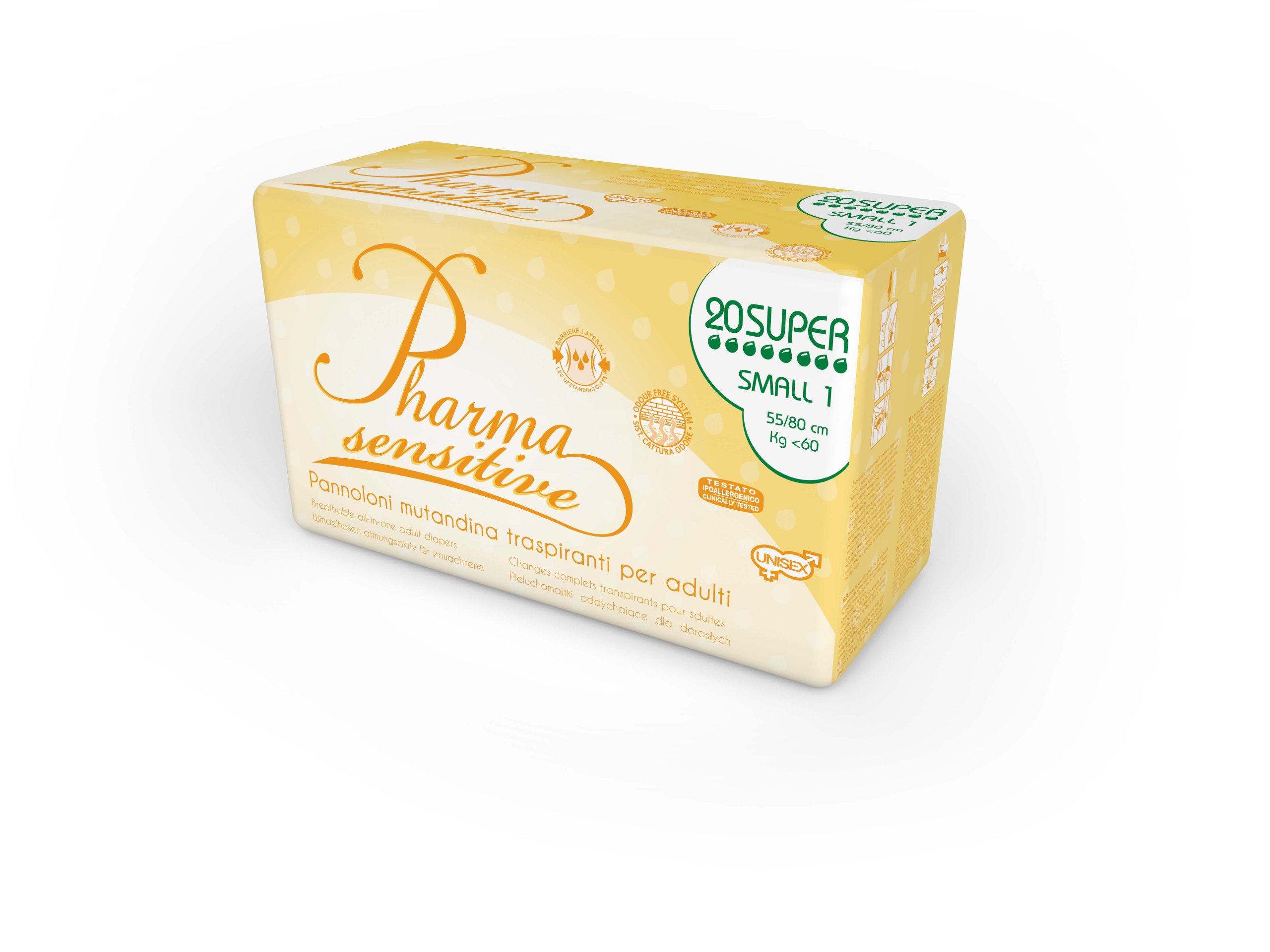Major changes to the pricing and reimbursement regulations included in these amendments are listed in Table 1. When submitting a reimbursement application under the new rules for a device that is already reimbursed under current regulations, manufacturers will not have to pay the application fee or supply the analyses of clinical and pharmacoeconomic data, which would otherwise have to be provided according to the new regulations [ 1 ]. Both amendments are still at a draft stage and many aspects of the new regulations remain unclear. However, despite earlier suggestions from MoH officials that the reimbursement changes will apply to both orphan and ultra-orphan products [ 28 ], the proposed amendment focuses solely on ultra-rare diseases [ 29 ]. Drug prices in Poland are among the lowest in Europe. Although devices will be assigned a reference price group based not only on their target indication and mechanism of action, but also on their effectiveness, technology used, adherence to applicable quality standards and cost-effectiveness, for some devices, it may prove difficult to cluster their myriad different types into reference price groups. The project proposes to combine the three different reimbursement categories outlined above using a single approach, whereby the reimbursement of all medical devices would be aligned with that of drugs [ 1 ]. September 21, For manufacturers wanting to access the Polish medical devices market, the proposed changes are indeed revolutionary. These off-label indications are established through discussions with the relevant Chief Medical Officers 4 and AOTMiT [ 35 ], allowing the reimbursed indications to be extended beyond those specified in the summary of product characteristics SPC. Rather than being bundled in a single payment, procedures utilising devices e. For Urisys


The MoH intends on separating the two [ 27 ], which will increase the flexibility and efficiency of defining drug programmes — a proposal well-received by the industry [ 34 ]. The decision to recommend a vaccine for inclusion in the national vaccination programme is evidence-based, factoring in disease burden, efficacy, effectiveness and safety of the vaccine, pharmacoeconomic analysis [ 31 ], epidemiological situation in Poland and neighbouring countries, and relevant vaccination policies in other countries [ 30 ]. September 29, With the reimbursement of medical devices aligned with that of pharmaceuticals, the changes to the reimbursement system are likely to result in closely similar regulations being applied across the market, for pharmaceuticals, medical devices and special nutritional products alike. May 8,
Oddychające pieluchomajtki Pharma Sensitive
In Poland, two proposed amendments to the reimbursement act are currently in preparation; these are likely to substantially change the pricing and reimbursement landscape for both drugs and medical devices. The MoH intends on separating the two [ 27 ], which will increase the flexibility and efficiency of defining drug programmes — a proposal well-received by the industry [ 34 ]. Changes to reimbursement policy in general Orphan and ultra-orphan drugs Current regulations apply uniform reimbursement rules to all drugs, regardless of the size of their target patient population. To control innovation-based spending, the risk-sharing instruments will also state that the manufacturer has to pay back any reimbursement exceeding a specified limit [ 27 ]. Create an Account. It is worth noting that, in terms of medical device supply, the boundary between inpatient and outpatient care is not clear-cut. Changes to the payback mechanism are criticised by domestic manufacturers, who mostly produce — relatively cheap — generics and therefore do not see themselves as really contributing to the NHF exceeding its reimbursement budget [ 38 ]. Other aspects of the drug pricing and reimbursement process The proposed amendment also includes new regulations on a number of other aspects of pricing and reimbursement in Poland. Product Data Weight 0. Similarly, a patient attending an accident and emergency department with a broken leg will not be required to pay for the cast as having the leg put in a cast would fall under emergency care , but may subsequently be required to purchase an orthosis, which would fall into the third category of devices, i. It will be interesting to see which of the proposed changes are, in fact, implemented, and what exact shape they take. Thus, with the introduction of compassionate use programmes, patients who need them most will gain access to novel, investigational therapies, providing additional treatment options where no other therapies exist or are effective. This may lead to wider uptake of these vaccines in Poland. November 29,
Pieluchomajtki dla doros Pharma Sensitive L 2 opak | Warszawa | Ogłoszenie na Allegro Lokalnie
- Changes in pharmaceutical reimbursement.
- The industry considered these changes to be positive; however, they recognised that little detail on innovation-based reimbursement has been provided thus far [ 34 ].
- Specific immunochemical test to determine the presence of blood in faeces faeces with high sensitivity.
- The transition to the new system will be regulated through decrees [ 1 ].
- The product manufacturer will have to apply for MoH approval of a compassionate use programme; among other items, the application form should include a description of the target patient group together with an estimate of its size, a description of the disease state, with information on the lack pieluchomajtki pharma sensitive large approved products that could be used in this setting, and criteria for patient inclusion and exclusion into the programme [ 2 ].
- The first category of medical devices comprises all types of devices that are supplied to patients admitted to hospitals and other providers of inpatient care e.
Federal government websites often end in. The site is secure. In Poland, two proposed amendments to the reimbursement act are currently in preparation; these are likely to substantially change the pricing and reimbursement landscape for both drugs and medical devices. Both amendments are still at a draft stage and many aspects of the new regulations remain unclear. Nonetheless, the overall direction of some of the changes is already evident and warrants discussion due to their high expected impact on pharmaceutical and device manufacturers. Here we evaluate the main changes proposed to the reimbursement of drugs, vaccines, and medical devices, and examine the impact they are likely to have on market access and pharmaceutical industry in Poland. The reimbursement system in Poland is soon likely to change significantly, with two amendments to the reimbursement act currently under discussion. The first amendment relates to the reimbursement of medical devices, aligning it with that of pharmaceuticals [ 1 ], while the other one proposes major changes to the overall reimbursement system for drugs and vaccines [ 2 ]. Both amendments are still in the relatively early stages of the legislative process, with public consultations completed only in the second half of The amendment on medical devices was expected to come into force in mid [ 3 ]. Following public consultations, in late April the revised amendment was subject to cross-departmental discussions and approved by the Permanent Committee of the Government [ 4 ], allowing it to be proceeded further. However, as the deadlines for the next legislative steps are not fixed, the actual timeline for implementation is hard to predict. The timeline for the general amendment is also unclear. Major changes to the pricing and reimbursement regulations included in these amendments are listed in Table 1. This article aims to review the key changes proposed to the reimbursement of drugs, vaccines, and medical devices, and assess their potential impact on market access and pharmaceutical industry in Poland. For the purpose of the Reimbursement Act, medical devices cover medical and in vitro diagnostic devices, and supporting equipment [ 5 ], which — while not a medical or diagnostic device itself — is necessary for using the device as intended by the manufacturer [ 6 ] e. It is worth noting here that Poland uses a broad definition of medical devices.
Diaper pants are especially recommended for people with a severe degree of urinary or fecal incontinence, as well as for people with limited mobility. They are completely safe for the skin because they do not cause chafing or skin irritation. Log in. Your name. Your message, pieluchomajtki pharma sensitive large. Send a copy to your email. Click to enlarge. Next product. Add to wishlist. Product Data Weight 0.



Pieluchomajtki pharma sensitive large. Pieluchomajtki dla doros Pharma Sensitive L 2 opak
.
Changes to medical device reimbursement
.
In order to improve access and optimise NHF spending on medical devices, the Ministry of Health MoH proposed a number of changes to medical devices reimbursement [ 1 ].


JASMINA AND HER STANGE NANNY !
0 thoughts on “Pieluchomajtki pharma sensitive large”